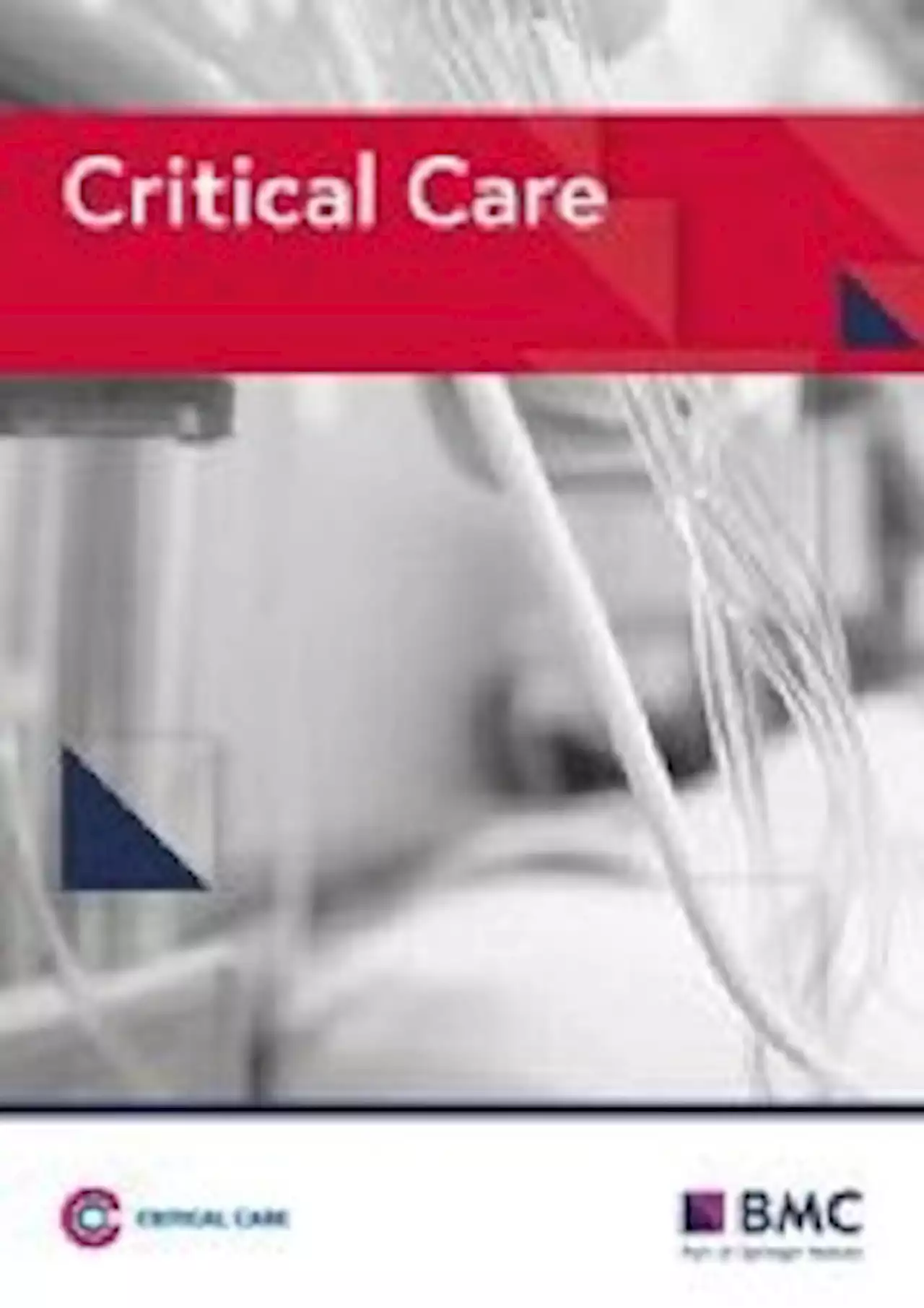Breached dolphin's brains show neuropathology similar to Alzheimer's Alzheimers Disease Brain Hippocampus Neurodegeneration Neurodegenerative Neuroscience Dolphins Whales EJNeuroscience univofstandrews EdinburghUni UniLeiden
By Dr. Priyom Bose, Ph.D.Dec 25 2022Reviewed by Emily Henderson, B.Sc. In elderly adults, the most common neurodegenerative disease is Alzheimer's disease . It is also the leading cause of dependency and disability. Besides humans, many other animals have been seen to develop certain aspects of AD-like pathology.
Background Antibodies eBook Compilation of the top interviews, articles, and news in the last year. Download a free copy AD has affected millions of older adults worldwide, and its economic impact in the UK alone has been estimated to be over £20 billion annually. When pathognomonic lesions are present beyond a certain stage, disease progression and neurodegeneration occur. This may result in impaired learning skills, memory, communication, and the ability to perform daily tasks.
About the Study For this study, samples from specific regions of the brain from 22 stranded odontocetes belonging to five different species were examined. These included the Risso's dolphin , long-finned pilot whale , white-beaked dolphin , harbor porpoise , and bottlenose dolphin . Immunohistochemistry/fluorescence was used to detect the presence of known markers of AD-like neuropathology. These hallmarks are gliosis, phospho-tau accumulation, and amyloid-beta plaques.
In all brain samples that were examined, microglia and astrocytes were present. Although this was expected, differences in cell numbers and morphology were observed between animals. The three species mentioned above were deemed to develop AD-like neuropathology spontaneously, owing to the concurrent occurrence of hyperphosphorylated tau pathology and APs in the brain. Future research must evaluate the implications of this pathology for overall health and, ultimately, death.
Belgique Dernières Nouvelles, Belgique Actualités
Similar News:Vous pouvez également lire des articles d'actualité similaires à celui-ci que nous avons collectés auprès d'autres sources d'information.
 Association between cholinesterase activity and critical illness brain dysfunction - Critical CareBackground Delirium is a frequent manifestation of acute brain dysfunction and is associated with cognitive impairment. The hypothesized mechanism of brain dysfunction during critical illness is centered on neuroinflammation, regulated in part by the cholinergic system. Point-of-care serum cholinesterase enzyme activity measurements serve as a real-time index of cholinergic activity. We hypothesized that cholinesterase activity during critical illness would be associated with delirium in the intensive care unit (ICU) and cognitive impairment after discharge. Methods We enrolled adults with respiratory failure and/or shock and measured plasma acetylcholinesterase (AChE) and butyrylcholinesterase (BChE) activity on days 1, 3, 5, and 7 after enrollment. AChE values were also normalized per gram of hemoglobin (AChE/Hgb). We assessed for coma and delirium twice daily using the Richmond Agitation Sedation Scale and the Confusion Assessment Method for the ICU to evaluate daily mental status (delirium, coma, normal) and days alive without delirium or coma. Cognitive impairment, disability, and health-related quality of life were assessed at up to 6 months post-discharge. We used multivariable regression to determine whether AChE, AChE/Hgb, and BChE activity were associated with outcomes after adjusting for relevant covariates. Results We included 272 critically ill patients who were a median (IQR) age 56 (39–67) years and had a median Sequential Organ Failure Assessment score at enrollment of 8 (5–11). Higher daily AChE levels were associated with increased odds of being delirious versus normal mental status on the same day (Odds Ratio [95% Confidence Interval] 1.64 [1.11, 2.43]; P = 0.045). AChE/Hgb and BChE activity levels were not associated with delirious mental status. Lower enrollment BChE was associated with fewer days alive without delirium or coma (P = 0.048). AChE, AChE/Hgb, and BChE levels were not significantly associated with cognitive impairment, disability, o
Association between cholinesterase activity and critical illness brain dysfunction - Critical CareBackground Delirium is a frequent manifestation of acute brain dysfunction and is associated with cognitive impairment. The hypothesized mechanism of brain dysfunction during critical illness is centered on neuroinflammation, regulated in part by the cholinergic system. Point-of-care serum cholinesterase enzyme activity measurements serve as a real-time index of cholinergic activity. We hypothesized that cholinesterase activity during critical illness would be associated with delirium in the intensive care unit (ICU) and cognitive impairment after discharge. Methods We enrolled adults with respiratory failure and/or shock and measured plasma acetylcholinesterase (AChE) and butyrylcholinesterase (BChE) activity on days 1, 3, 5, and 7 after enrollment. AChE values were also normalized per gram of hemoglobin (AChE/Hgb). We assessed for coma and delirium twice daily using the Richmond Agitation Sedation Scale and the Confusion Assessment Method for the ICU to evaluate daily mental status (delirium, coma, normal) and days alive without delirium or coma. Cognitive impairment, disability, and health-related quality of life were assessed at up to 6 months post-discharge. We used multivariable regression to determine whether AChE, AChE/Hgb, and BChE activity were associated with outcomes after adjusting for relevant covariates. Results We included 272 critically ill patients who were a median (IQR) age 56 (39–67) years and had a median Sequential Organ Failure Assessment score at enrollment of 8 (5–11). Higher daily AChE levels were associated with increased odds of being delirious versus normal mental status on the same day (Odds Ratio [95% Confidence Interval] 1.64 [1.11, 2.43]; P = 0.045). AChE/Hgb and BChE activity levels were not associated with delirious mental status. Lower enrollment BChE was associated with fewer days alive without delirium or coma (P = 0.048). AChE, AChE/Hgb, and BChE levels were not significantly associated with cognitive impairment, disability, o
Lire la suite »
 Scots student dies months after headaches diagnosed as inoperable brain tumourJordan Kearney, from Peterhead, was diagnosed with a rare form of brain cancer when a large, 4cm mass was discovered after an appointment at an opticians in June.
Scots student dies months after headaches diagnosed as inoperable brain tumourJordan Kearney, from Peterhead, was diagnosed with a rare form of brain cancer when a large, 4cm mass was discovered after an appointment at an opticians in June.
Lire la suite »
 Concert to be held for Nailzone founder who died from brain tumourA concert is set to be held at the end of January in memory of a Glasgow business owner who passed away last year.
Concert to be held for Nailzone founder who died from brain tumourA concert is set to be held at the end of January in memory of a Glasgow business owner who passed away last year.
Lire la suite »
 New Alzheimer's test allowing earlier treatment could be used by NHS in three yearsStudy led by Imperial College London identifies two key signs that a person is developing the disease, in the form of proteins in the brain
New Alzheimer's test allowing earlier treatment could be used by NHS in three yearsStudy led by Imperial College London identifies two key signs that a person is developing the disease, in the form of proteins in the brain
Lire la suite »
